Weeping Serbian Spruce
$69.50 Original price was: $69.50.$48.65Current price is: $48.65.
- Free Shipping over $25
- Fast & reliable delivery options
- Enjoy top quality items for less
- Multiple safe payment methods

A well balanced landscape will take into account a good many things, and comprise layers of color with interesting foliage, fruits and flowers, fall color and evergreen lushness. There will be safe havens for wildlife as well as sources of food for many birds, insects and mammals. Getting this balance right can be an arduous task but it is extraordinarily satisfying to watch your green space grow and develop. Oftentimes, as gardeners trawl the internet to find interesting plants to add to their property, they stumble across an intriguing and spectacular example of nature’s work that is simply too wonderful to lose amongst other plantings. The weeping Serbian Spruce is certainly one of those; a specimen plant that can be placed alone in the landscape to delight onlookers or used to create highly textured and interesting height in large beds and borders.
The Serbian spruces have a very small native habitat, being found only in eastern Bosnia and Herzegovina, but since their discovery they have become much loved the world over and can now be found in many shapes and forms with various growth habits in gardens and landscapes everywhere. They are particularly favored in the U.S and Europe, with their rich evergreen colors a common sight in high quality gardens. Easy to grow and care for, with very few specific requirements, they also tend to have interesting fruits (cones) that can persist year round; this gives them an extra appeal over more readily available cone bearing trees as there is very little troublesome litter to be found beneath them. With this particular spruce you have an extra element of control should you choose to exercise it, in that their lack of an initial strong leader stem means that they can be used in framing projects or be encouraged to weep more dramatically. Of course, the most popular way to enjoy this lovely tree is to stake it when young and allow it to grow skywards with its unusual pendulous branches dipping towards the ground until the very tip curves back up again. This is a lovely tree to behold and their usual form makes them perfect for that real stand-out plant for the garden, with the deep blueish-green needles with their pale silvery underside giving year round interest of extremely high quality.
These are quite fast growing trees and you can expect around a foot of growth each year with the ten year mark producing a ten foot tree that is around three feet wide. Full maturity will be reached at around 20 years at the earliest but can be anything up to 50 years, bringing decades of pleasure in watching it grow and develop.
When choosing the position of your new tree it is important that its new home allows it plenty of sun, so take care not to plant in the vicinity of other trees that will tower over it in time or cast unyielding shadows, as this can cause browning of the needles. It is best to position in a spot that is shielded from harsh, strong and drying winds as this will cause trouble over time. Aside from these things, the weeping Serbian spruce is pretty tough and tolerant of most soil types with it not having a preference for alkaline or acidic soils so long as neither is too strong. A well-drained site is important as soggy roots will not do your tree any favors; when the tree is young and is establishing itself, it is important to water regularly being sure to allow the water to drain away before doing so again. Once fully established you only need to water during excessively dry periods and infrequently even then. In terms of soil itself, it can be sandy, clay or loam and any of these will present no problem to the spruce at all.
All in all this is a very easy to grow variety that will result in either a tall and elegant tree or a controlled weeping form that can be trained over arches and canes with little trouble. If you choose to allow the plant to sweep upwards – whilst simultaneously falling back towards the ground – then don’t be tempted to group multiple trees closely together, else the dramatic form will be lost to view; instead you can spot plant them so as best to view each ones unique growing habit. Like fingerprints, whatever you choose to do with this fun and unusual tree, you will find that each one is different and with a distinct character of its own. These are highly desirable and sought after specimens and so can be difficult to find for purchase once they have gotten under your ski,n and the desire to own one has you trawling online plant stores and telephoning garden centers. We sincerely hope that we have some left for you.
Be the first to review “Weeping Serbian Spruce” Cancel reply
Related products
Evergreen Trees
Evergreen Trees
Cedar Trees
Evergreen Trees
Evergreen Trees
Arborvitae Trees
Cypress Trees
Evergreen Trees





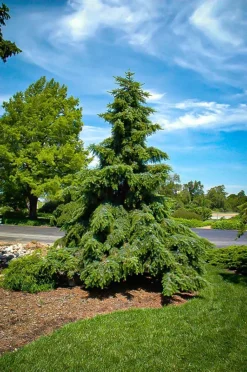

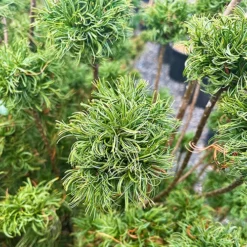
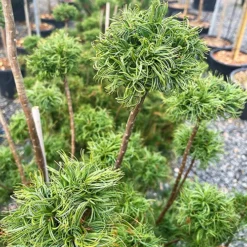
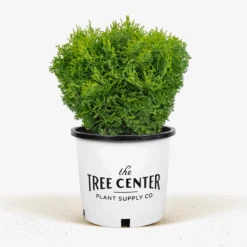
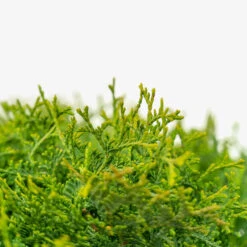
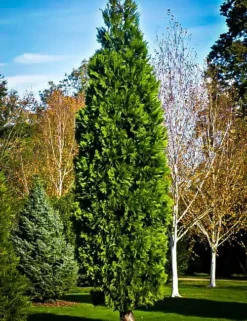
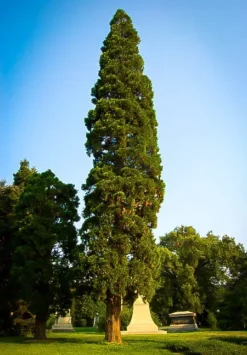
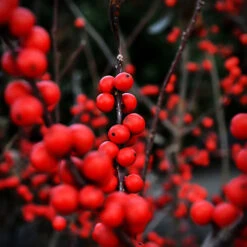

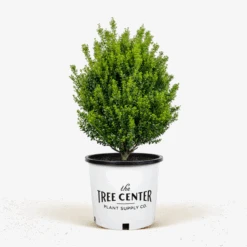

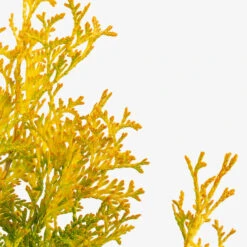
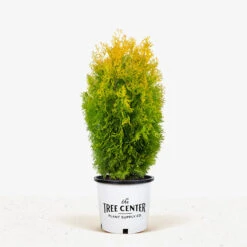



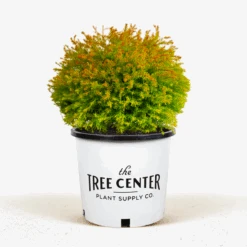
Reviews
There are no reviews yet.